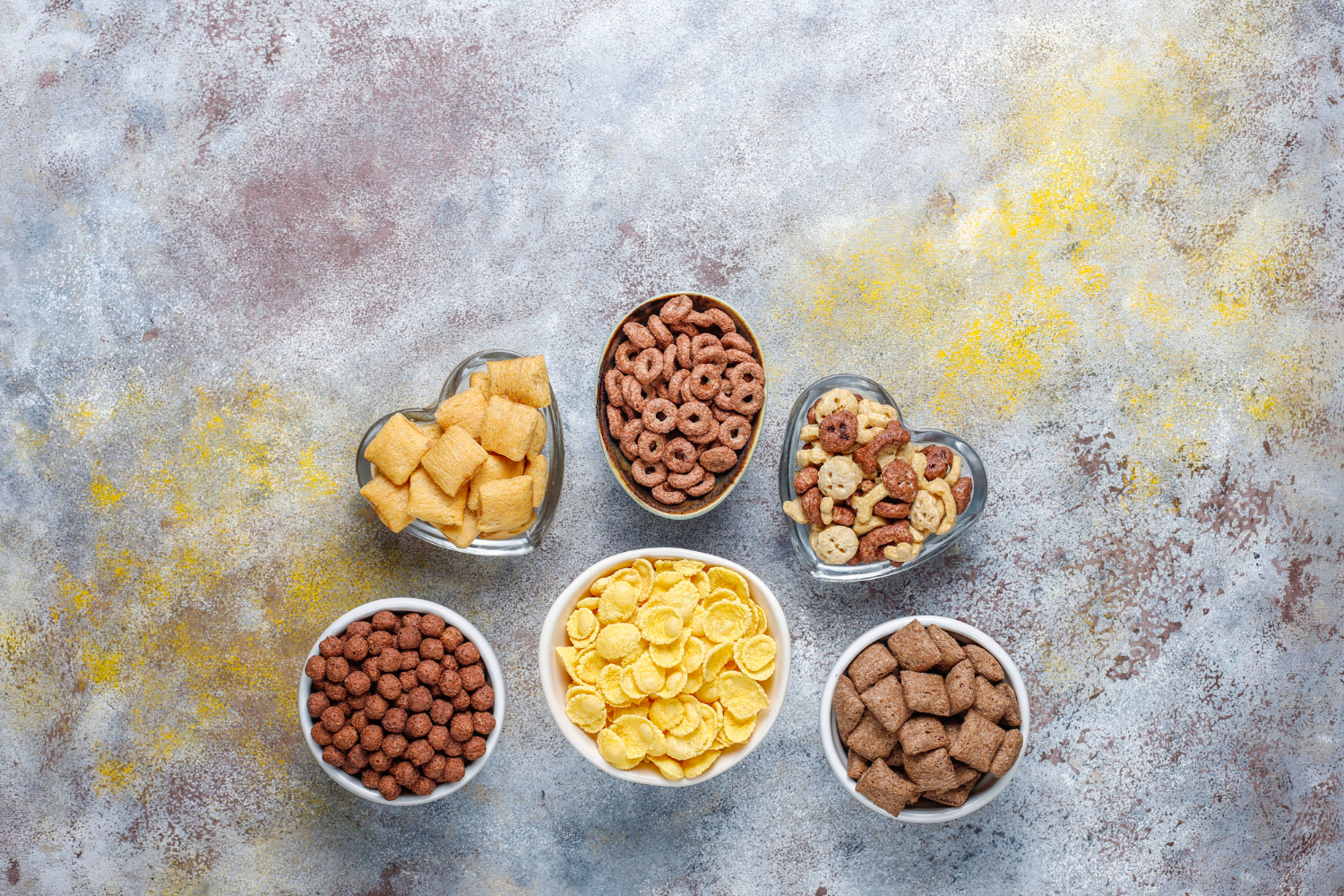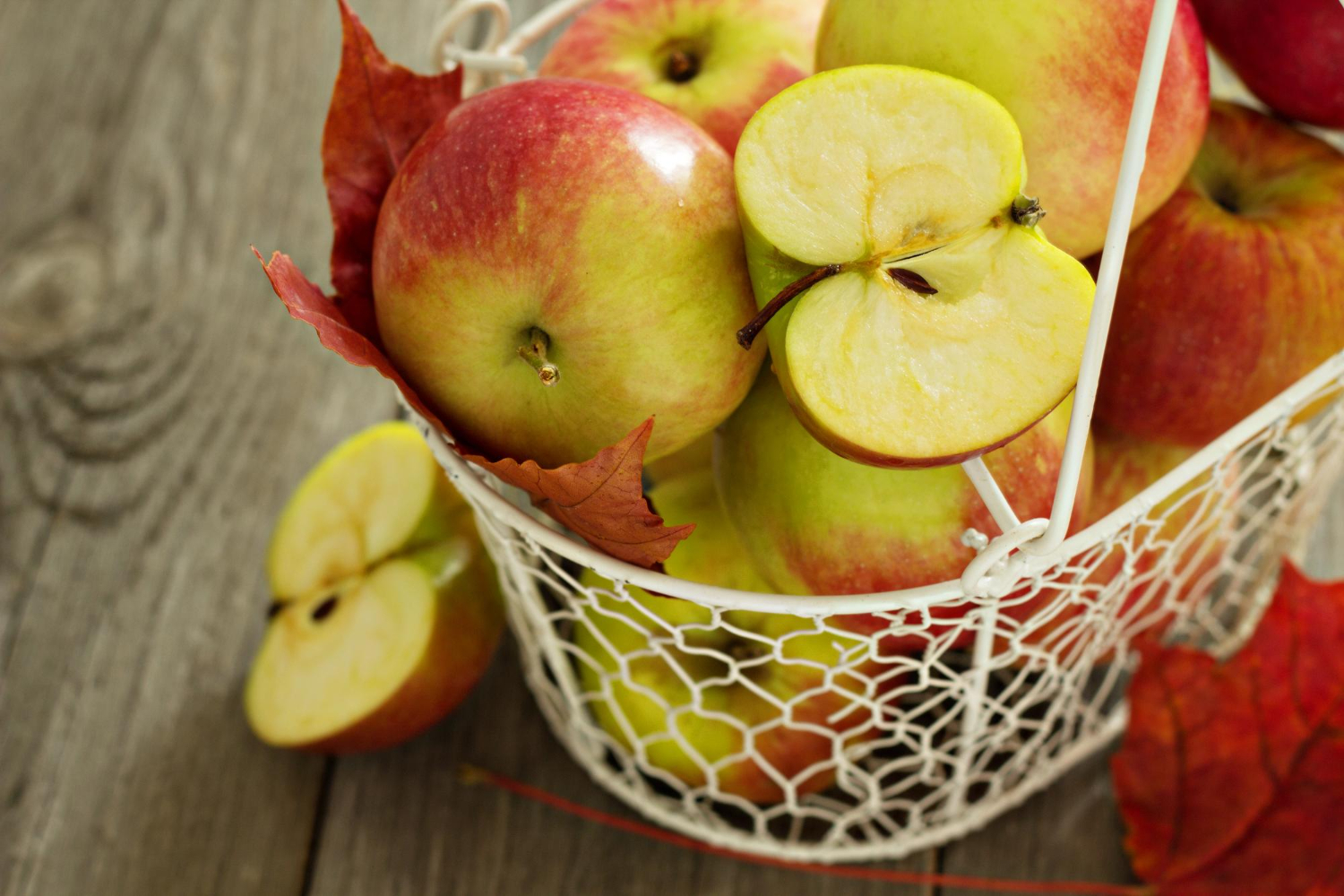Modern technologies in food production: How can innovations in dietary fiber enrich your offer?
In today’s world of technological progress, modern technologies influence almost every aspect of our lives, including food production. One area that is gaining increasing interest is an innovative approach to dietary fiber. Fiber, known for its numerous health benefits, is now being redefined and used in innovative ways that could revolutionize the food industry. In this article, we will discuss how modern technologies in food production can enrich your offer through innovations in the field of dietary fiber.
What is dietary fiber?
Dietary fiber, also called dietary fiber, is a reliable category of plant-based ingredients that is not absorbed by our body. This is a general name for various types of plant fibers that influence the digestion and absorption of nutrients in the digestive tract. Fiber can be divided into two main types: soluble and insoluble.
Modern technologies in food production and fiber:
- Functional food additives: Modern technologies allow the isolation and modification of fiber, which allows its use as functional food additives. For example, fiber can be added to yogurts, drinks or snacks in powder or capsule form, increasing their fiber content.
- Fiber-rich whole grain products: Modern production methods enable the creation of whole grain products that retain their beneficial properties. This includes whole-grain pasta, bread and snacks, which are attractive to people looking for healthier alternatives.
- Innovations in plant-based alternatives: In the case of plant-based meat alternatives, such as plant-based burgers and sausages, adding fiber can improve their texture and nutritional value.
- Solutions for people with dietary restrictions: Innovations in the field of fiber can help create products dedicated to people with food intolerances or allergies, allowing for a healthier and tastier diet.
How can this enrich your offer?
If you own a restaurant, cafe or grocery store, there are many ways you can use these dietary fiber innovations:
- Healthier menu: Adding fiber-rich foods to your menu will attract health-conscious customers.
- Options for people with dietary restrictions: Using fiber innovations can help create dishes for people with food intolerances or allergies.
- Adapting to trends: The offer of healthy and ecological products is consistent with current consumer trends.
- Increased competitiveness: Innovation in fiber can differentiate your company in the market and attract customers looking for unique products.
To sum up, modern technologies in food production open up new opportunities to use dietary fiber in a creative and beneficial way. Thanks to these innovations, you can enrich your offer, attract new customers and stand out in the competitive food market. Dietary fiber not only brings health benefits, but also becomes a key ingredient in the pursuit of food innovation and quality.


